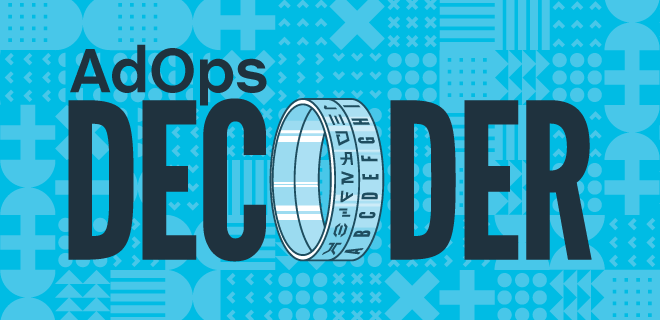
In the advertising industry, we are always looking for ways to be more efficient. This is especially true for media owners who are hoping to monetize their desirable content and audiences with the least amount of steps in between.
When multiple vendors, resellers, and other technology partners get involved, it adds more fees to the process for both buyers and sellers and ultimately causes more complexity. If a potential partner is unable to easily demonstrate how a product creates greater transparency and less latency or leads to more unique buyers participating in auctions, it puts more distance between the brand and a media owner’s inventory.
Enter Demand Path Optimization which can clean up the media selling process by increasing brand safety and allowing for better user and advertiser experiences.
What Is Demand Path Optimization?
Demand Path Optimization (DPO) connects buyers with premium inventory in the most efficient and transparent way possible, identifying the ideal bidding path per advertiser and making sure the spend can transact as expected with existing sell-side technology. Programmatic technologies provide a transparent bid process for all involved parties while offering visibility into advertiser, bidder, and demand-side platform (DSP) activity on a campaign or auction clearing price level.
How Is Demand Path Optimization Different From Supply Path Optimization?
DPO and supply path optimization (SPO) are two sides of the same coin, both looking to link buyers and sellers and prevent sales channel conflict. DPO focuses on how advertisements and impressions are sold, while SPO is concerned with how impressions are acquired to eliminate technologies or non-essential resellers with the verified log-level data as a way to find the most efficient paths possible.
Those employing SPO are concerned with the value generated by vendors, such as agencies or ad tech companies that are in the buy-side funnel. SPO provides transparency into not only cost but ROI each partner generates. Media owners practicing DPO aim to protect rate cards while preventing existing buyers from accessing the same inventory at a lower price.
How Does Demand Path Optimization Work?
Advanced integrations such as header bidding allow for true programmatic guaranteed and audience-based programmatic buying at scale while reserving inventory for direct sales to transact in a programmatic supply-side platform (SSP) or traditional primary ad server. This eliminates buyer confusion and minimizes sales channel conflict, increasing audience overlap and giving these select groups exclusive access to more overall inventory.
Because DPO provides more advertiser visibility into the bid path, publishers and their resellers are able to better monitor how ad impressions are purchased. Having that clarity, publishers can better educate buyers on how to win more auctions and garner a higher number of impressions at the best price.
Why Is Demand Path Optimization Important?
DPO enhances brand safety because there are verified paths for trusted partners ensuring that ads are placed with brand-safe content without additional tech or resellers. DPO also enables better user and advertiser experiences with fewer duplicated ads. This is because buyers have fewer paths that enable self-competition, drastically reducing the risk of filling an ad pod with the same creative multiple times through each monetization path.
Overall, eliminating buyer confusion makes video inventory more exclusive. This makes DPO particularly optimal for CTV and OTT because of its premium value and scarcity in-market. When it comes to DPO, a seller should aim to have fewer highways with tolls by partnering with technologies that make the route more efficient.